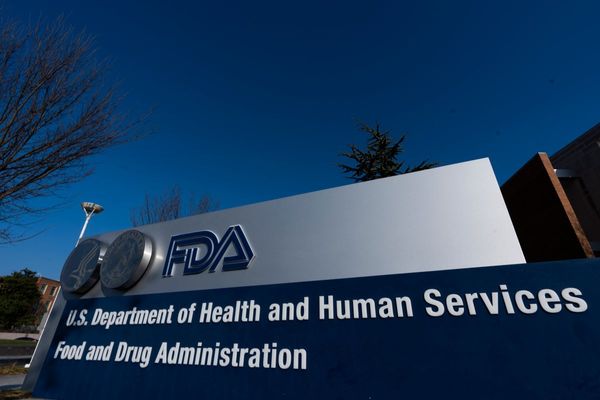The process is now underway to ensure the commercial availability of India’s indigenous vaccine Lumpi-ProVac to protect livestock from Lumpy Skin disease, confirmed Dr. Yash Pal, Director, National Research Centre on Equines, on Tuesday, speaking to The Hindu.
He also cautioned against the use of raw milk, especially during this infection phase, explaining that while pasteurized and boiled milk is safe, raw milk carries high levels of disease-causing bacteria.
Lumpi-ProVac has been developed by the National Research Centre on Equines, Hisar (Haryana) in collaboration with the Indian Veterinary Research Institute, Izatnagar (Bareilly). The vaccine was launched earlier this month by Union Minister for Agriculture and Farmers Welfare, Narendra Singh Tomar. “Ever since the disease came to India in 2019, research institutes have been engaged in developing the vaccine,” the Minister had said.
He had also directed officials to provide this vaccine in large numbers at the earliest for relief to the cattle.
Meanwhile, speaking about the safety of milk obtained from infected livestock for human consumption, Dr. Yash Pal explained that pasteurized and boiled milk is safe. “Raw milk, of course, should not be consumed under normal circumstances too as the bacterial load could be very high,” he said.
Lumpy skin disease is an infectious viral disease of cattle, which often occurs in epizootic form. The disease is characterized by the eruption of nodules in the skin, which may cover the whole of the animal’s body, said Dr. Naveen Kumar, who played a key role in developing the said vaccine.
A report by the Food and Agriculture Organisation of the United Nations noted that Lumpy skin disease, caused by the lumpy skin disease virus, leads to substantial economic loss and requires technically sound and coordinated efforts for its prevention and control. It is also on the OIE (World Organisation for Animal Health) list of notifiable diseases. The disease was introduced into Bangladesh, China, and India, beginning in July 2019. In 2020, the disease then spread to other parts of China and India as well as Nepal and Bhutan, states the document.







